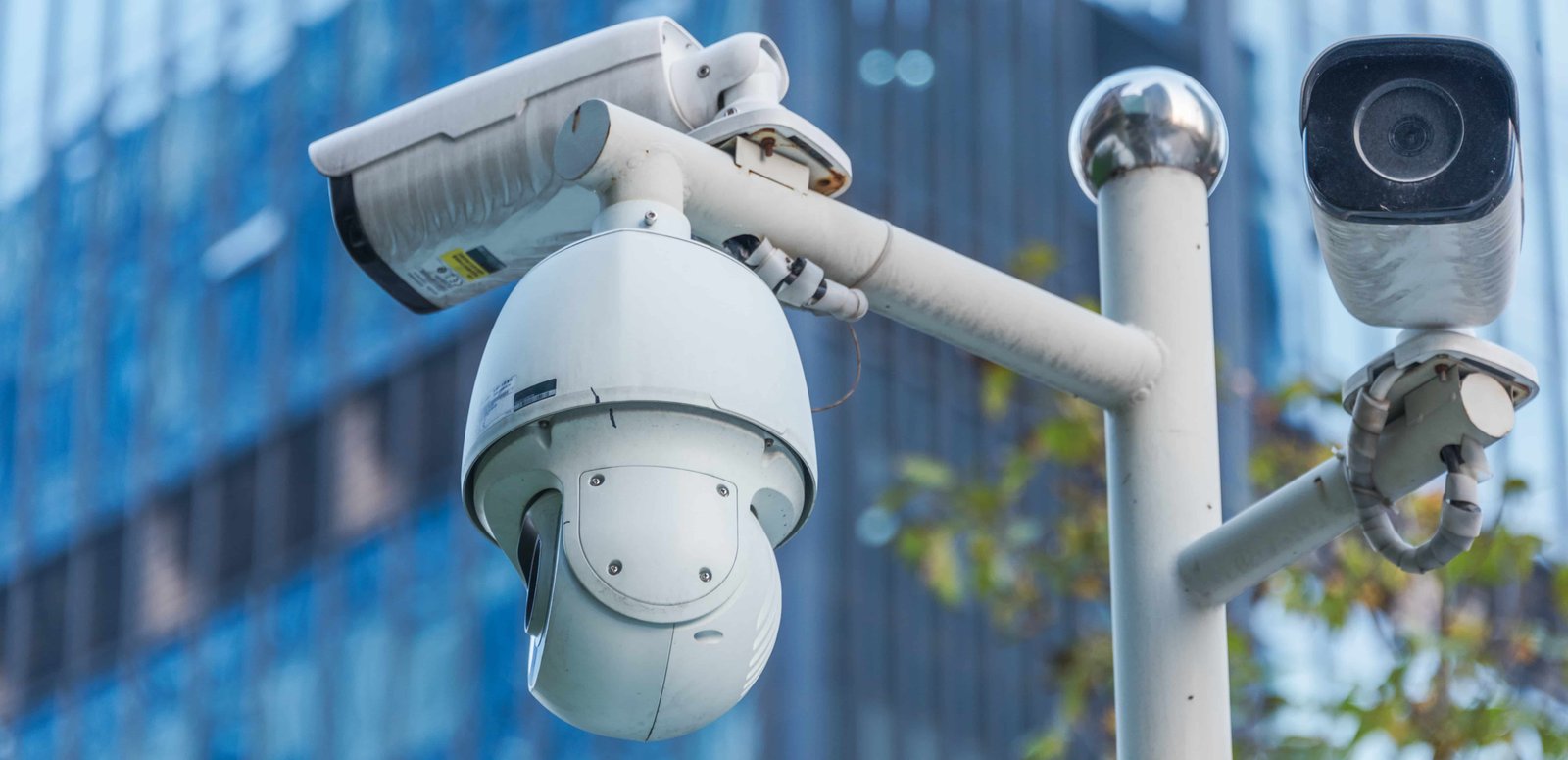In the era of rapidly advancing technology, the presence of surveillance cameras in our neighborhoods is a common sight. These unblinking electronic eyes, often perched atop street lamps or nestled in the corners of buildings, serve as silent guardians of our streets. Yet, their significance extends far beyond mere observation; they are pivotal in shaping the safety, privacy, and community dynamics of our neighborhoods.
Enhanced Security and Crime Deterrence
The most immediate and apparent impact of neighborhood surveillance is enhanced security. Cameras act as a deterrent to criminal activities. The mere presence of a camera can make a potential offender think twice before engaging in unlawful behavior. In neighborhoods where cameras are prevalent, studies have shown a marked decrease in crimes such as theft, vandalism, and break-ins. This is not just a theoretical assertion but a fact backed by data and real-world outcomes.
For instance, in Saskatoon, the implementation of “Live Video Monitoring Saskatoon” systems has led to a noticeable reduction in neighborhood crimes. These systems, which employ real-time surveillance, have not only helped in preventing criminal activities but also in the swift resolution of incidents that do occur. By providing law enforcement with timely and clear footage, these cameras have become invaluable in the pursuit of justice.
Community Trust and Cooperation
Surveillance cameras also foster a sense of trust and cooperation within a community. When residents know that their neighborhood is being monitored, they often feel a greater sense of security. This feeling can lead to stronger community bonds, as people feel more comfortable engaging with their neighbors and participating in community activities.
However, this sense of trust is not automatic. It requires transparency about how surveillance footage is used and who has access to it. Communities that have clear guidelines and open communication about their surveillance practices tend to benefit more in terms of trust and cooperation among residents.
Privacy Concerns and Ethical Considerations
While the advantages of neighborhood surveillance cameras are clear, they also bring forth significant privacy concerns. The constant monitoring can make residents feel like they are always being watched, leading to a sense of unease and invasion of privacy. This is a delicate balance to maintain. Ensuring that surveillance is conducted in a way that respects individual privacy rights while still providing the necessary security benefits is crucial.
Ethical considerations also come into play when discussing surveillance. There’s a fine line between monitoring for safety and over-surveillance, which can lead to a Big Brother-like scenario. Communities need to engage in open dialogues to determine the extent and nature of surveillance they are comfortable with, ensuring that it aligns with the collective values and norms of the residents.
Economic Implications and Cost-Effectiveness
Another often overlooked aspect of neighborhood surveillance is its economic impact. Installing and maintaining a network of cameras can be a costly endeavor. However, when compared to the potential costs associated with crime and vandalism, these expenses can be justified.
Moreover, the presence of surveillance cameras can increase property values, as prospective homeowners often perceive these neighborhoods as safer and more secure.
Conclusion
In conclusion, the surveillance cameras in our neighborhoods play a much more significant role than we often realize. They are not just passive recording devices but active participants in shaping the dynamics of our communities. From enhancing security to fostering trust, their impact is multifaceted.



